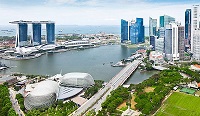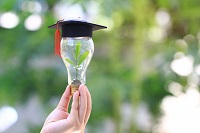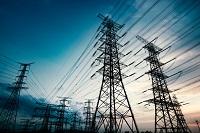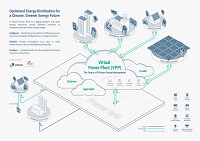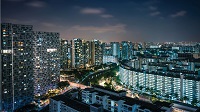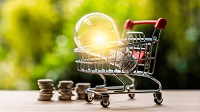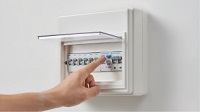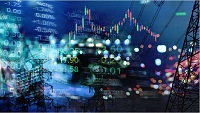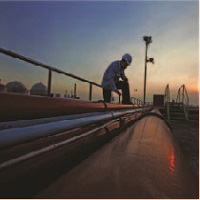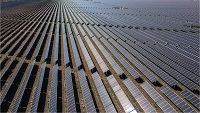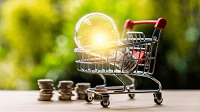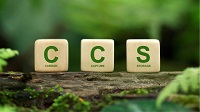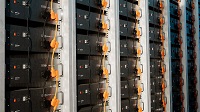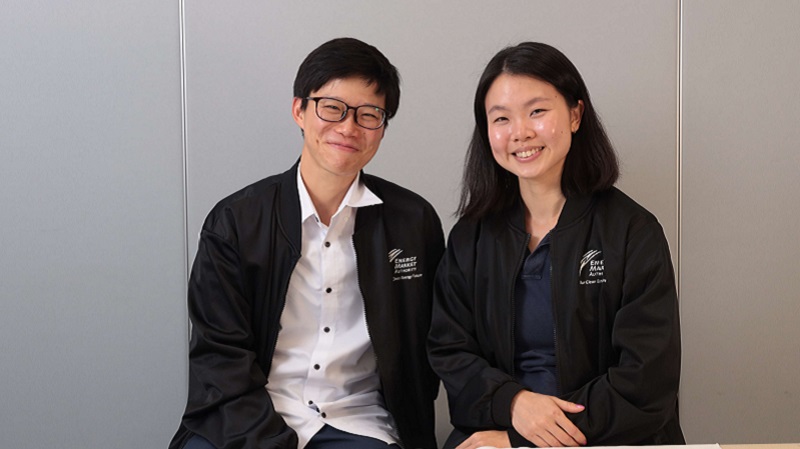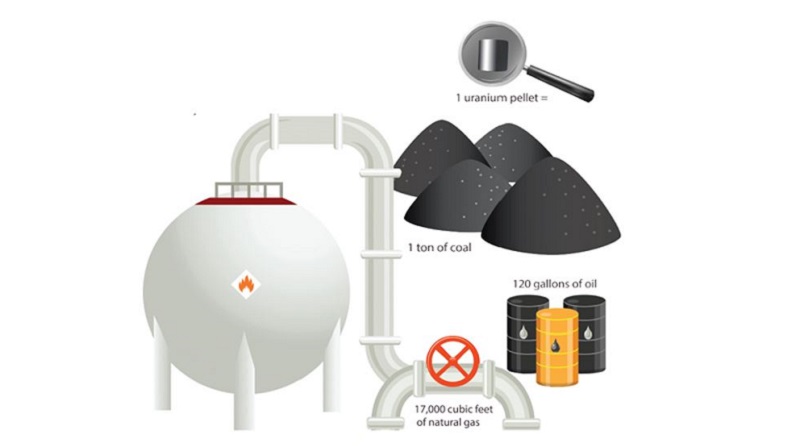Shini and Rebecca speak from their experience at the Energy Technologies Department (ETD), where they have been studying the feasibility of potential deployment of nuclear energy in Singapore.
While Rebecca’s role involves studying the cost implications and practical considerations of nuclear energy for Singapore – including factors such as overall cost, land requirements, and suitability for Singapore context, Shini’s work focuses on researching the risks and safety of nuclear energy technologies.
Despite their different areas of focus, both of them have arrived at the same conclusion: Newer nuclear energy technologies, such as small modular reactors, have the potential to offer significant improvements in safety, economics and performance compared to many of the older nuclear technologies that are in operation today.
“Nuclear energy can come from either fission or fusion,” Rebecca explained. “Fission splits atoms, fusion joins them. In both cases, the amount of energy released is incredible. Just one tiny uranium pellet can release as much energy as a tonne of coal.”
